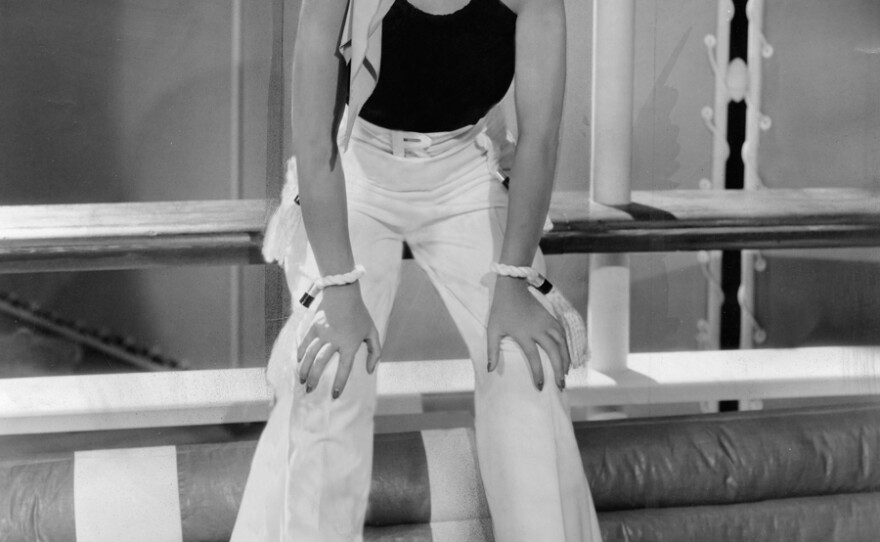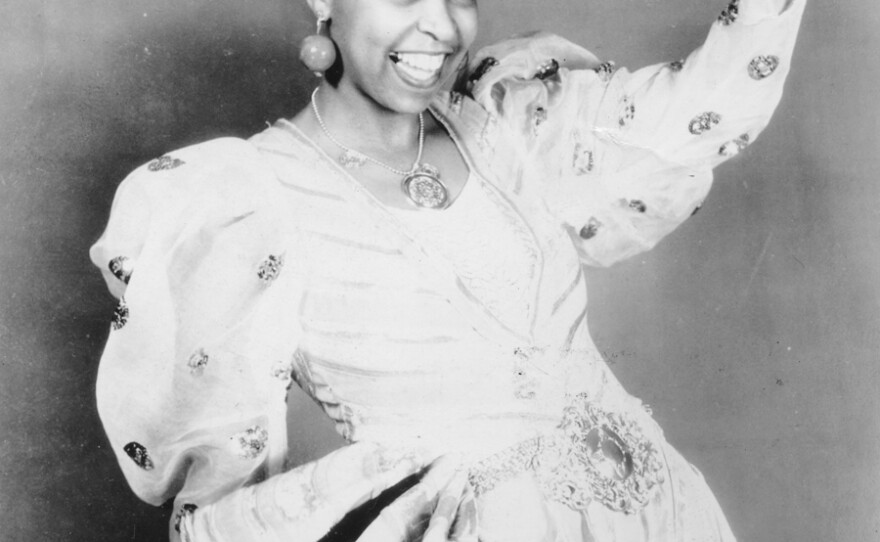This six-part documentary series chronicles the Broadway musical throughout the 20th century and explores the evolution of this uniquely American art form. The series draws on a wealth of archival news footage, lost and found television moments, original cast recordings, still photos, feature films, diaries, journals, intimate first-person accounts and on-camera interviews with many of the principals involved in creating the American musical. 2005 Primetime Emmy for Outstanding Nonfiction Series. It originally aired on Fridays, November 2-16, 2012 on KPBS TV.


Broadway Trivia Quiz
How much do you know about Broadway? Take the quiz and find out!
Timeline
Your Stories
Is there a musical you saw on Broadway or touring in your hometown that you really loved and couldn’t forget or a performer who completely mesmerized you? If so, we want to hear your stories.
Episode Three: "I Got Plenty O' Nuttin' (1930-1942)" - The Great Depression proves to be a dynamic period of creative growth on Broadway, and a dichotomy in the musical theater emerges.
Productions like Cole Porter’s "Anything Goes" offer glamour and high times as an escape, while others — such as "Of Thee I Sing," which satirizes the American political system, and the remarkable WPA production of "The Cradle Will Rock," about a steel strike — deal directly with the era’s social and political concerns.
When Bing Crosby records “Brother, Can You Spare a Dime,” the doleful Broadway ballad takes the hit parade by surprise. “This song spoke to the hearts, and to the minds, and to the emotions and thoughts, of everybody who lived during that Depression,” says lyricist Yip Harburg’s son, Ernie.
Rodgers and Hart return to New York to create a string of new shows, including the sexually frank "Pal Joey," a genuine departure that stars newcomer Gene Kelly.
In the gloom of the Depression, Porter offers Broadway audiences such unforgettable songs as “You’re the Top,” which serves as an effervescent tonic to a weary nation. In 1935, George Gershwin creates his epic masterpiece "Porgy and Bess," which becomes, in the words of one critic, “the most American opera that has yet been seen or heard.”
The onset of World War II galvanizes the country, and America’s troubadour, Irving Berlin, rallies the troops with “This Is the Army.”
The episode features interviews with actor and original “Bess” Anne Brown, playwright Jerome Chodorov, actor Carol Channing, film director Stanley Donen, actor and original “Porgy” Todd Duncan, writer Philip Furia, actor Kitty Carlisle Hart, actor June Havoc, actor/producer John Houseman, actor/director Tim Robbins and composer/lyricist Stephen Sondheim.
Highlights include rarely seen home movies of the Gershwin brothers from the 1930s, and 1950s TV footage of the incomparable Ethel Waters singing Irving Berlin’s “Suppertime.”
Up Next: Episode Four: "Oh, What A Beautiful Mornin' (1943-1960)" airs Friday, April 26, 2013 at 10 p.m.





